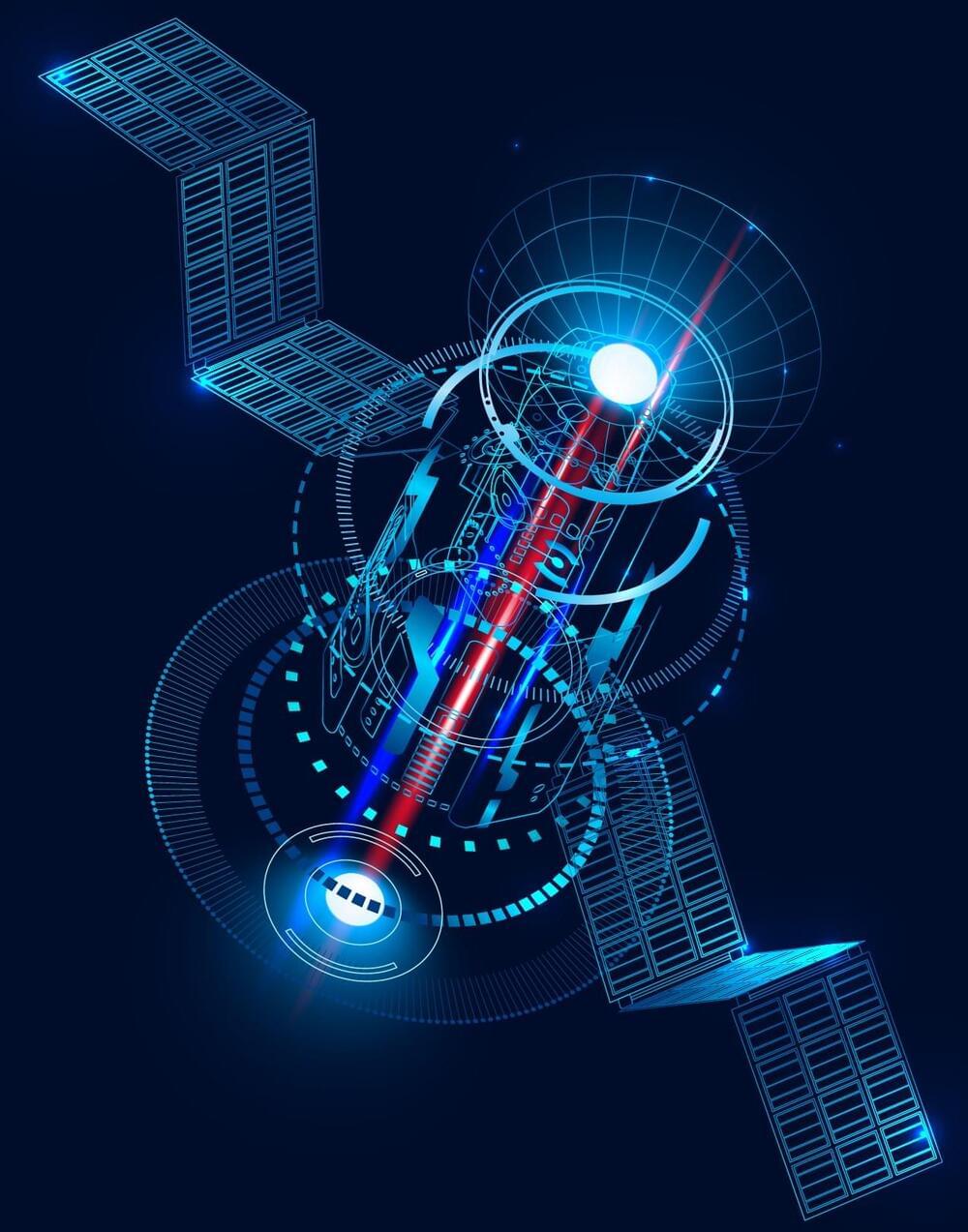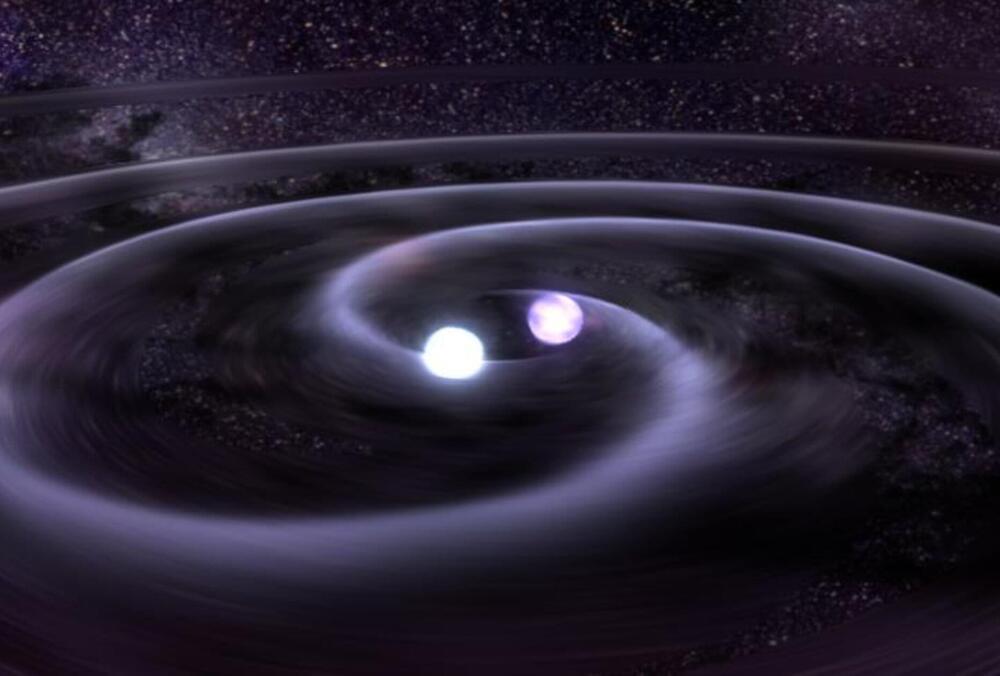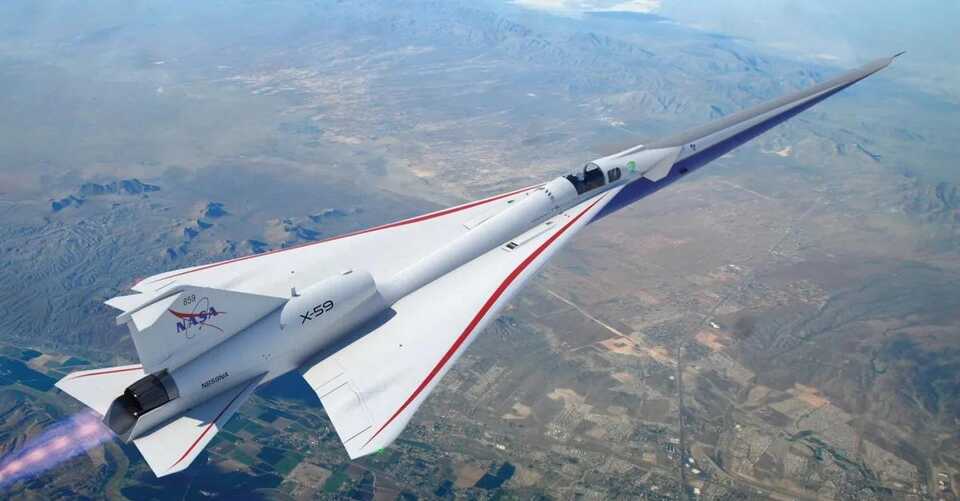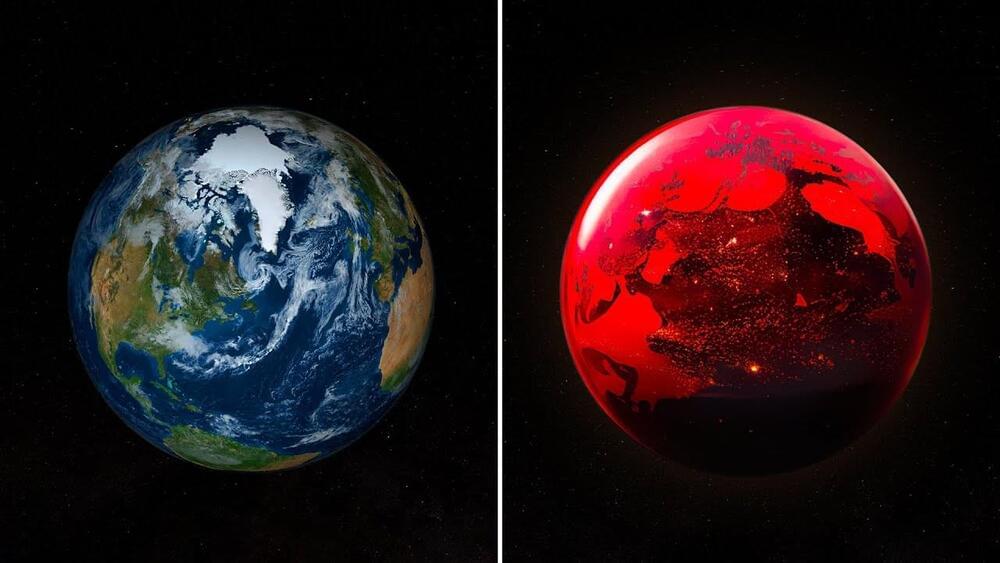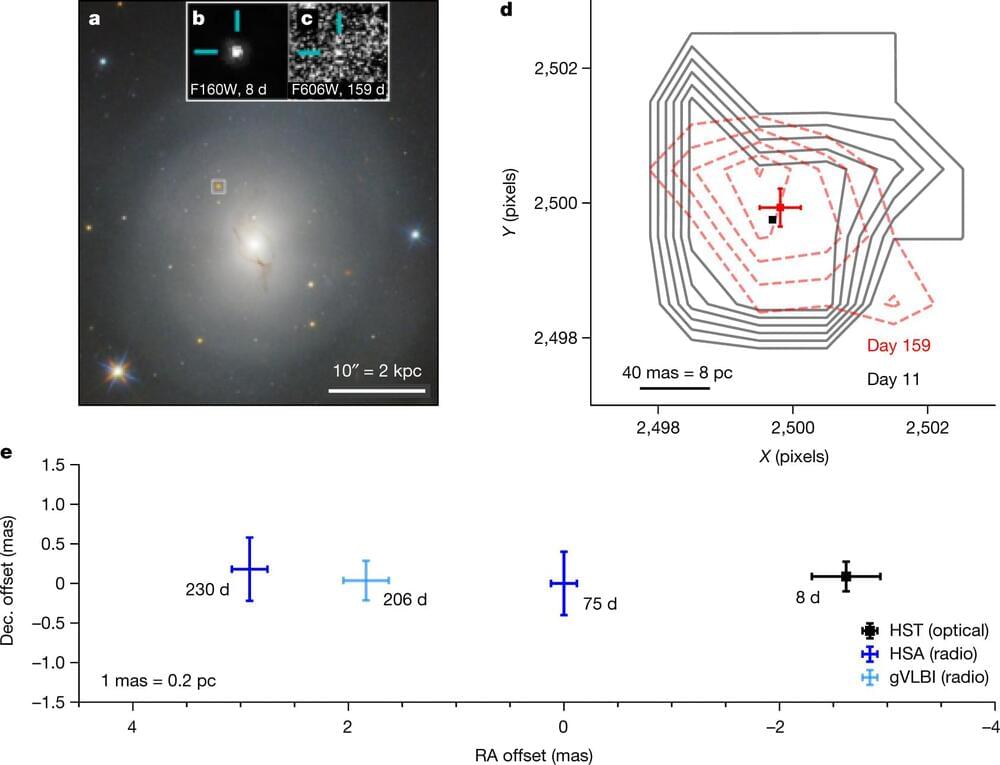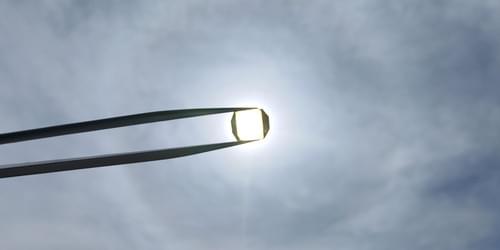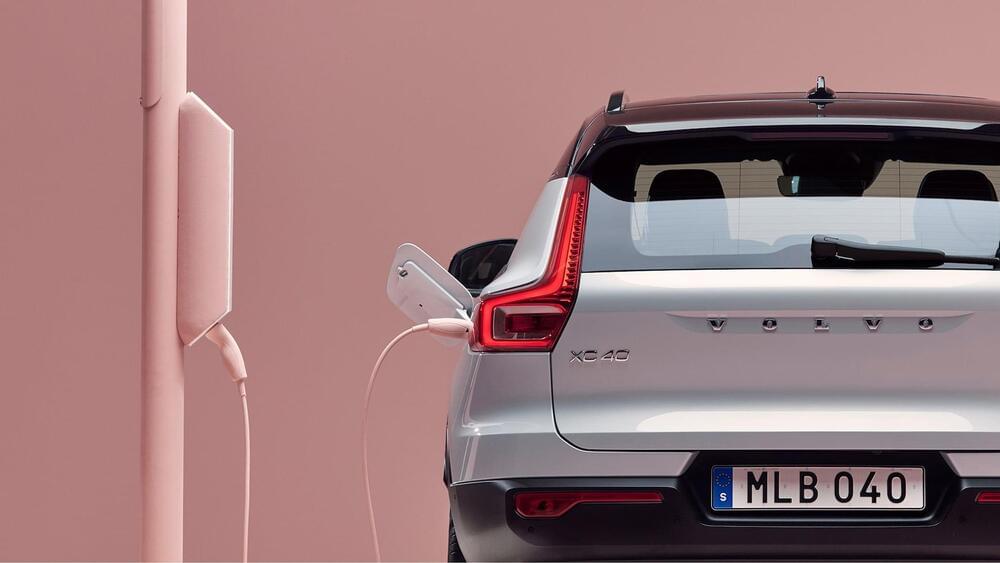Oct 19, 2022
Rooftop wind system delivers 150% the energy of solar per dollar
Posted by Quinn Sena in categories: energy, space, sustainability
Aeromine says its unique “motionless” rooftop wind generators deliver up to 50% more energy than a solar array of the same price, while taking up just 10% of the roof space and operating more or less silently. In independent tests, they seem legit.
Distributed energy generation stands to play a growing part in the world’s energy markets. Most of this currently comes in the form of rooftop solar, but in certain areas, wind could definitely play a bigger part. Not every spot is appropriate for a bladed wind turbine, though, and in this regard, University of Houston spinoff Aeromine Technologies has designed a very different, very tidy form of rooftop wind energy capture that looks like it could be a real game-changer.
Continue reading “Rooftop wind system delivers 150% the energy of solar per dollar” »

